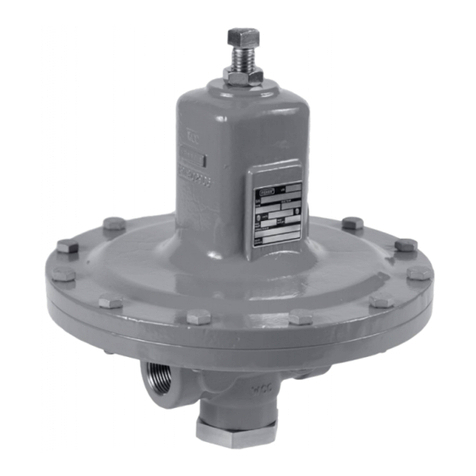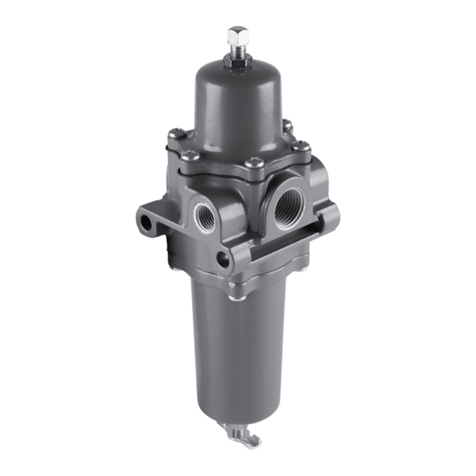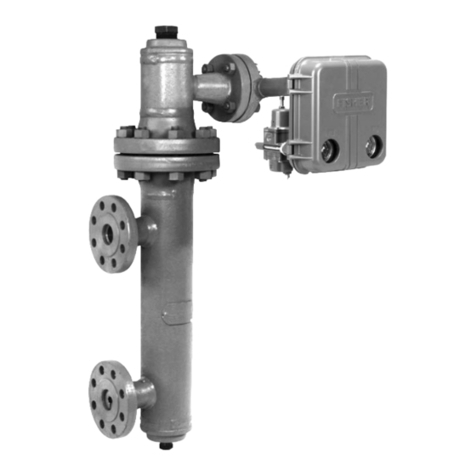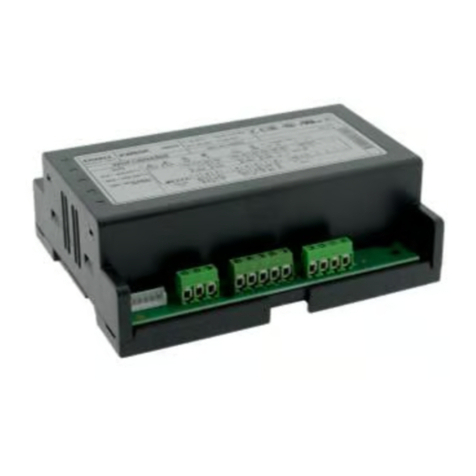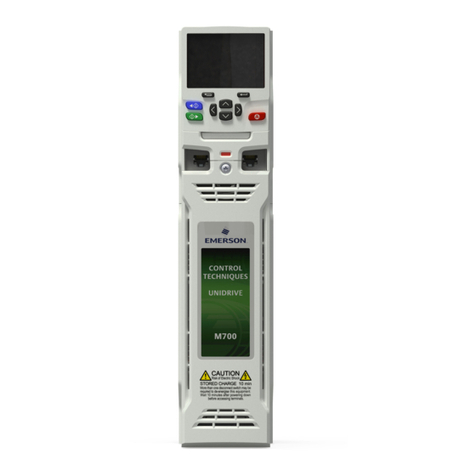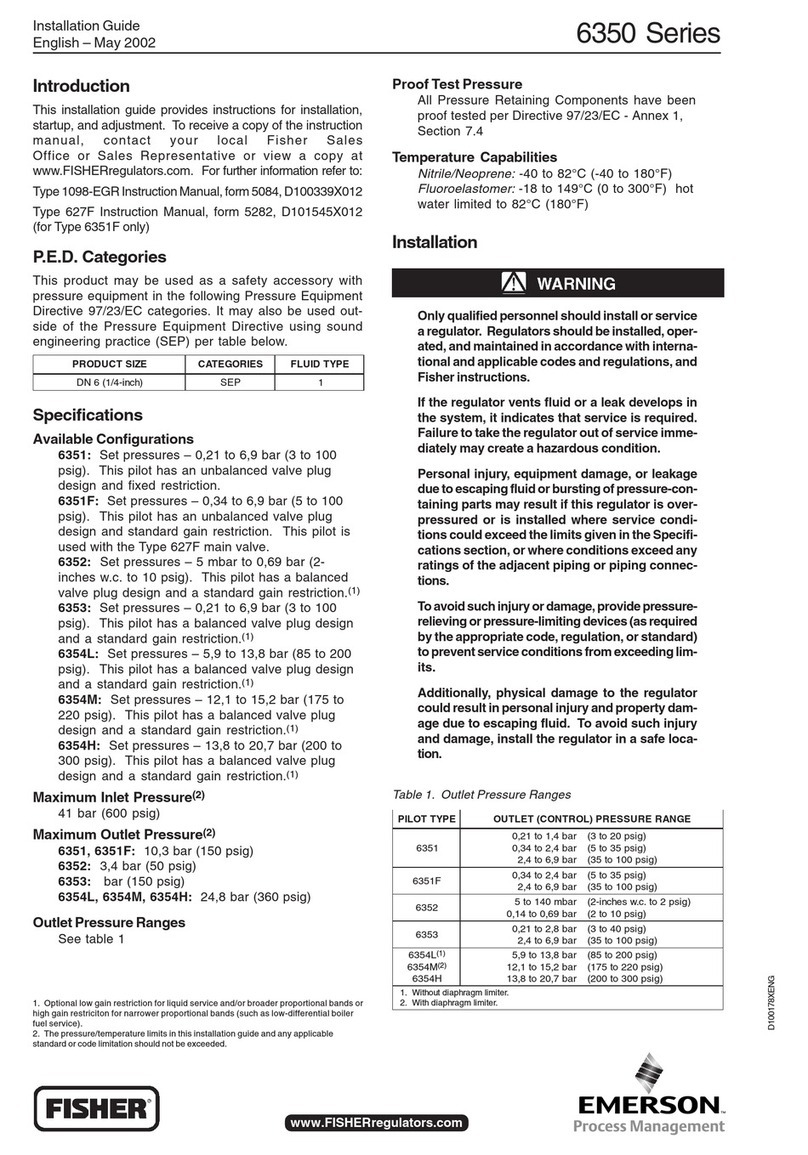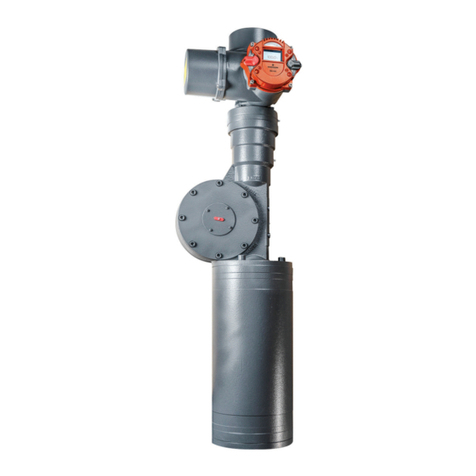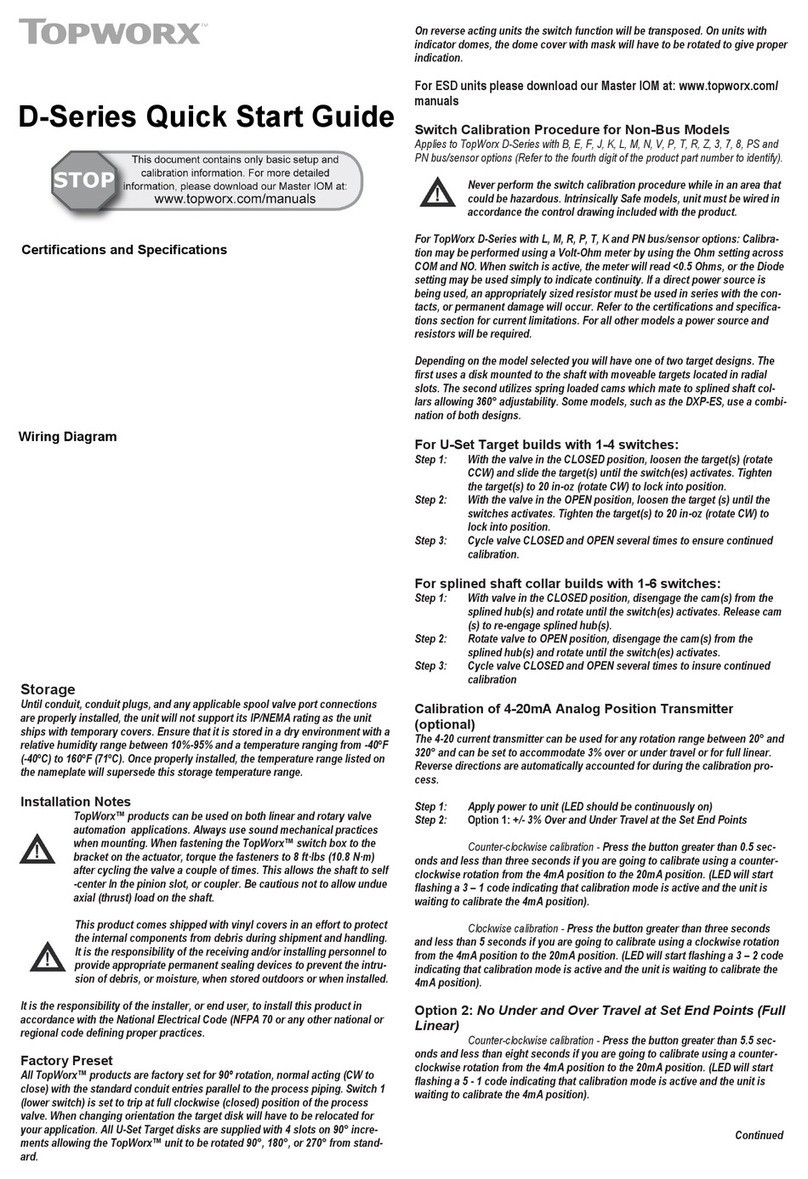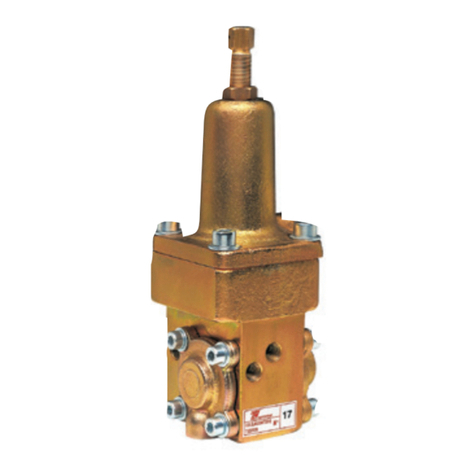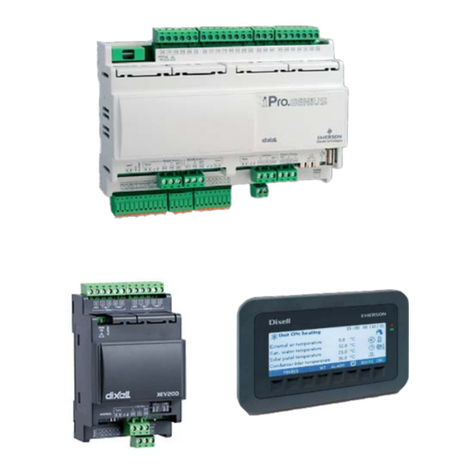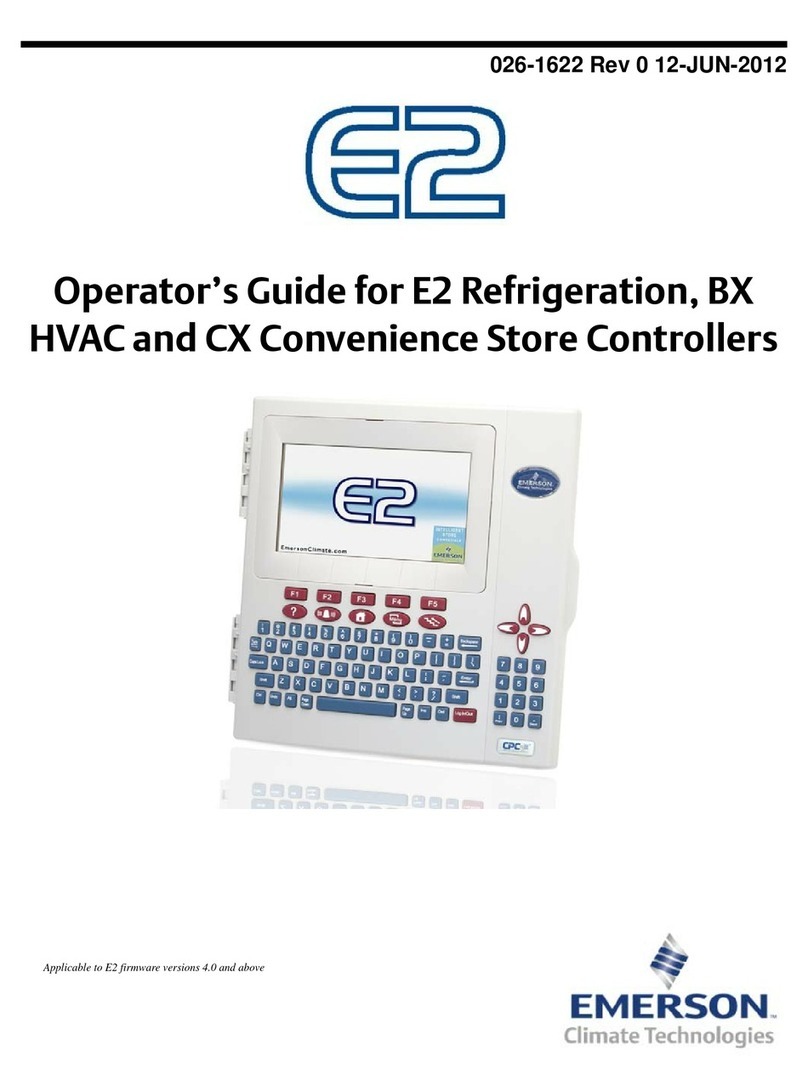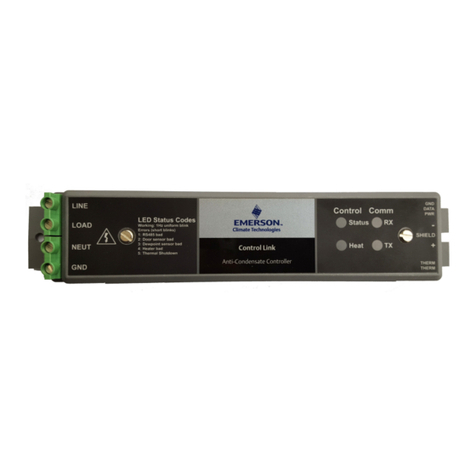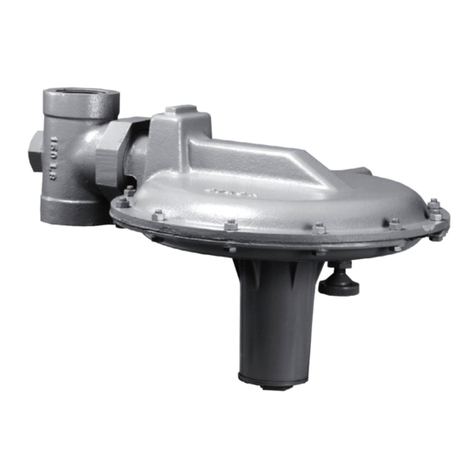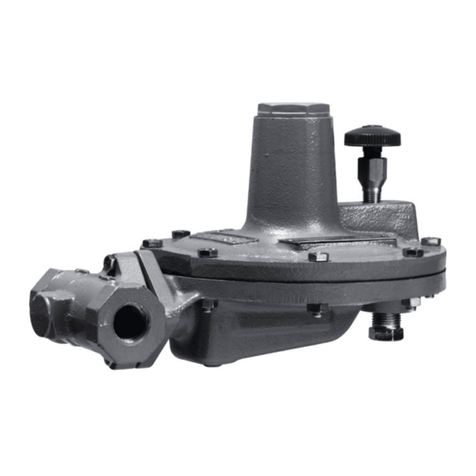
vi • XM678D I&O Manual 026-1219 Rev 3
11.1. DIRECT COMMAND INTERFACE ................................................................................................................................ 20
11.2. ICONS ........................................................................................................................................................................ 20
11.3. KEYBOARD COMMANDS ........................................................................................................................................... 21
11.3.1. Double Commands ........................................................................................................................................... 21
11.4. HOW TO MODIFY THE AIR TEMPERATURE REGULATION SETPOINT ........................................................................ 21
12 HOW TO PROGRAM THE PARAMETERS (PR1 AND PR2) ........................................................................... 22
12.1. HOW TO ENTER PR2 ................................................................................................................................................. 22
12.2. HOW TO MOVE A PARAMETER FROM PR1 TO PR2 LEVEL AND VICE VERSA .......................................................... 22
13 FAST ACCESS MENU.............................................................................................................................................. 23
14 MULTIMASTER FUNCTION MENU (SEC) ........................................................................................................ 24
14.1. SYNCHRONIZED DEFROST......................................................................................................................................... 25
14.1.1. Daily Defrost From RTC: [EdF = rtC] ........................................................................................................... 25
15 COMMISSIONING ................................................................................................................................................... 26
15.1. CLOCK SETTING AND RTC ALARM RESET............................................................................................................... 26
15.2. ELECTRONIC VALVE SETTINGS................................................................................................................................. 26
16 REGULATION FOR SUPERHEAT: SELF ADAPTIVE OR MANUAL OPERATING MODE..................... 27
16.1. PRESSURE FILTERING - SUB PARAMETER................................................................................................................. 27
16.2. GENERAL CONSIDERATIONS ..................................................................................................................................... 27
16.3. MANUAL OPERATING MODE - AMS = NO ............................................................................................................. 27
16.3.1. ON/OFF Temperature Regulation [CrE = n].................................................................................................. 28
16.3.2. Continuous Temperature Regulation [CrE = Y] (With Superheat Regulation) .............................................. 28
16.3.3. Continuous Temperature Regulation [CrE = Y] (Without Superheat Regulation) ......................................... 28
16.4. SELF ADAPTIVE OPERATING MODE -
AMS = YES ........................................................................................................................................................................ 28
16.5. MINIMUM STABLE SUPERHEAT SEARCH - AMS = YES, ATU = YES..................................................................... 28
16.6. VALVE CAPACITY REDUCING - MNF PARAMETER .................................................................................................. 28
16.6.1. Auto Zero Procedure (Go Home Functions).................................................................................................. 29
17 DISPLAY MESSAGES.............................................................................................................................................. 30
17.1. ALARM RECOVERY ................................................................................................................................................... 31
18 USE OF THE PROGRAMMING HOT KEY ......................................................................................................... 32
18.1. DOWNLOAD (FROM THE HOTKEY TO THE DEVICE).................................................................................................. 32
18.2. UPLOAD (FROM THE DEVICE TO THE HOTKEY) ....................................................................................................... 32
19 CONTROLLING LOADS......................................................................................................................................... 33
19.1. COOLING OUTPUT..................................................................................................................................................... 33
19.2. STANDARD REGULATION AND CONTINUOUS REGULATION ..................................................................................... 33
19.2.1. Standard regulation: [CrE = n]....................................................................................................................... 33
19.2.2. Continuous regulation:
[CrE = Y] ........................................................................................................................................................................ 33
19.2.3. Evaporator valves: [CrE = EUP].................................................................................................................... 33
19.3. DEFROST ................................................................................................................................................................... 33
19.3.1. Defrost starting ................................................................................................................................................ 33
19.3.2. Defrost Ending ................................................................................................................................................. 34
19.4. FANS ......................................................................................................................................................................... 34
19.4.1. Control With Relay........................................................................................................................................... 34
19.4.2. Control With Analog Output (If Present)......................................................................................................... 34
19.5. ANTI-SWEAT HEATERS ............................................................................................................................................. 34
